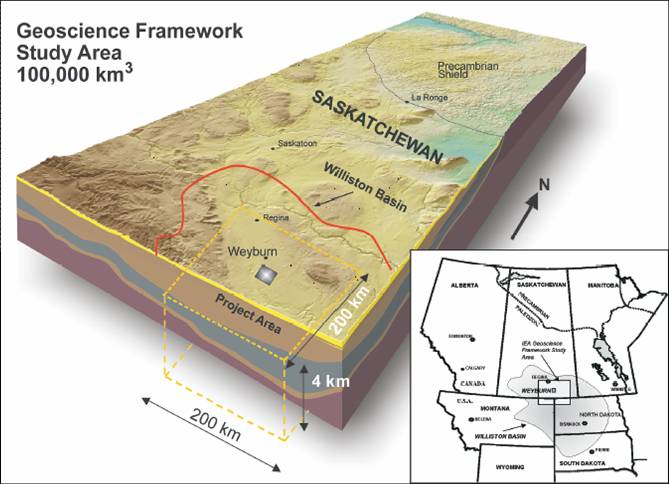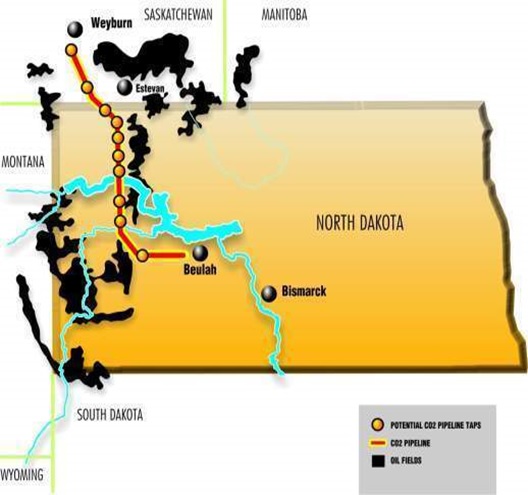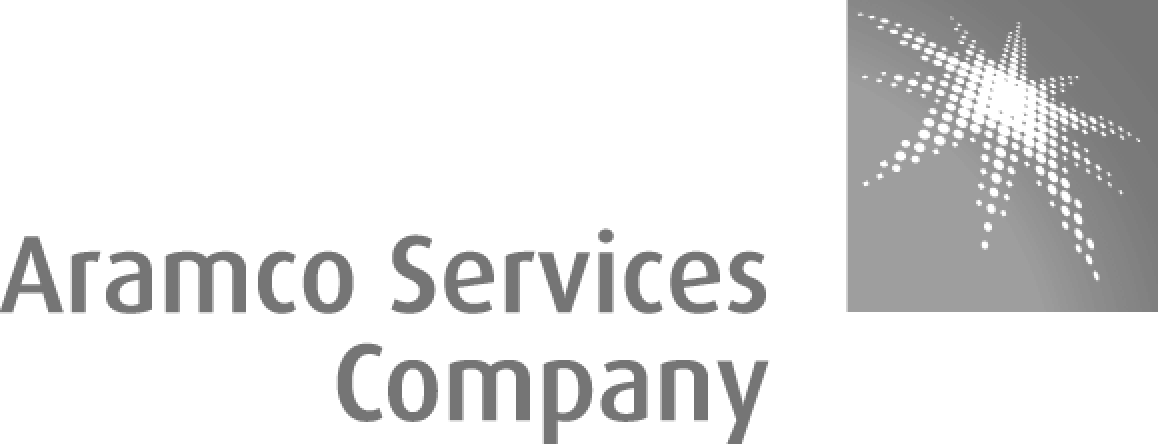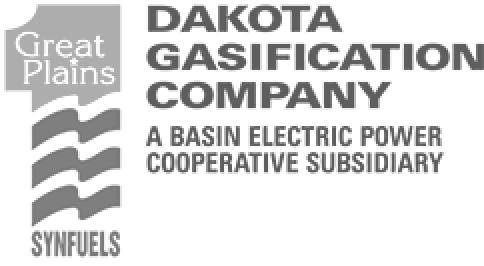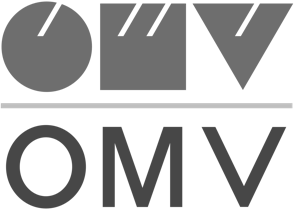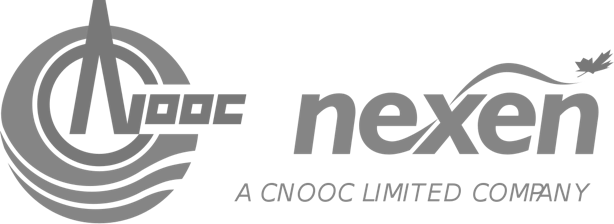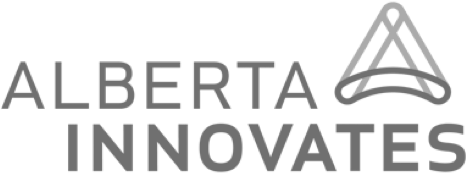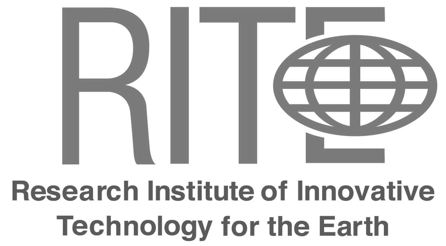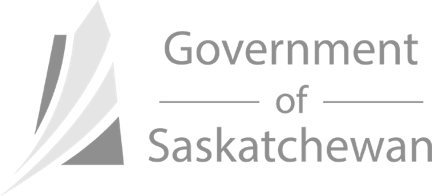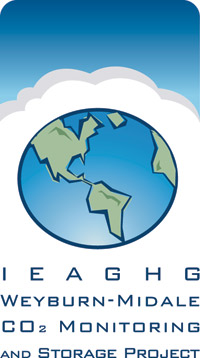
This project, launched in 2000 and continuing through to 2012, studied carbon dioxide (CO2) injection and storage into two depleted oilfields in southeastern Saskatchewan.
The first phase, completed in 2004, sought to predict and verify that the Weyburn oil reservoir could securely and economically contain CO2. The second phase sought to expand upon the work of the first, and help to recommend a frameworkfor measurement and monitoring stored CO2, and to encourage implementation of geological storage on a worldwide basis.


